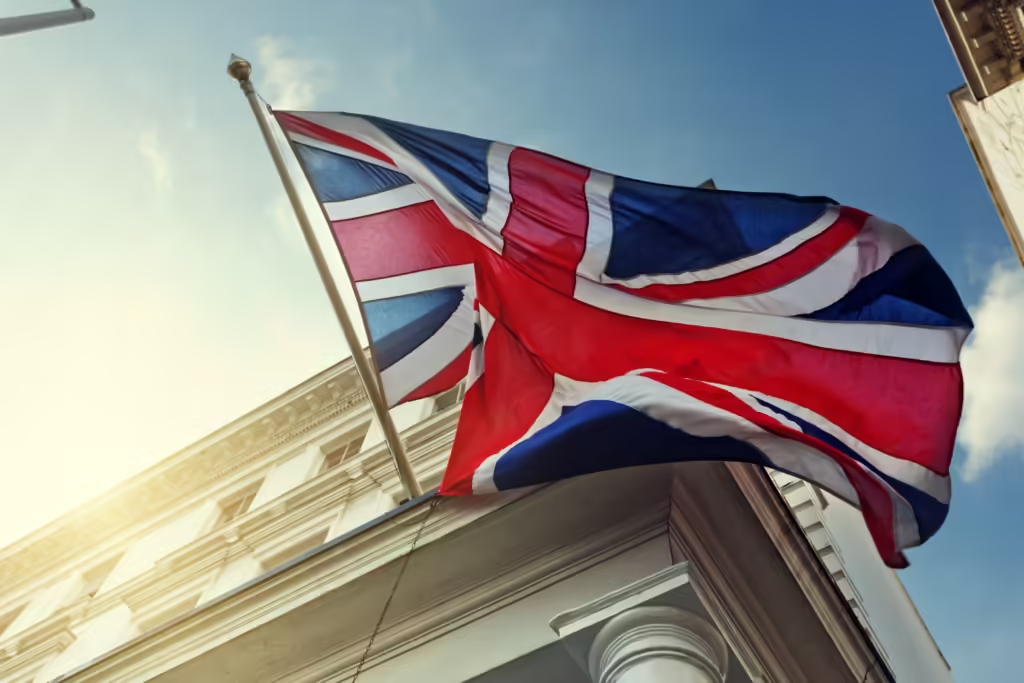
Brexit Cosmetic Regulations in Great Britain: A Guide for Businesses 💄🇬🇧
With Brexit’s impact reshaping the regulatory landscape, the cosmetic industry in Great Britain is now under its own set of rules. From new responsibilities to safety assessments, understanding these regulations is crucial for brands wanting to stay compliant in the UK market. Let’s break down the essentials of post-Brexit cosmetic regulations and what they mean for your beauty business.
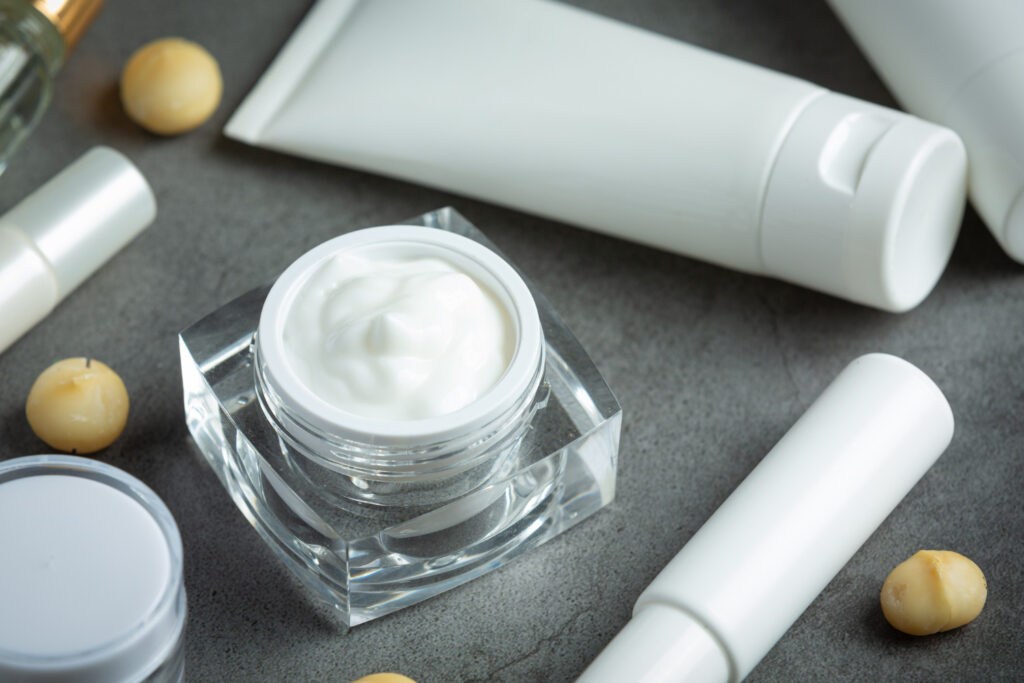
1. The Regulatory Framework 📝
Cosmetic products in Great Britain are governed by Regulation (EC) No 1223/2009, with additional adjustments since Brexit. This regulation ensures consumer safety, requiring products to meet high standards before they can be sold.
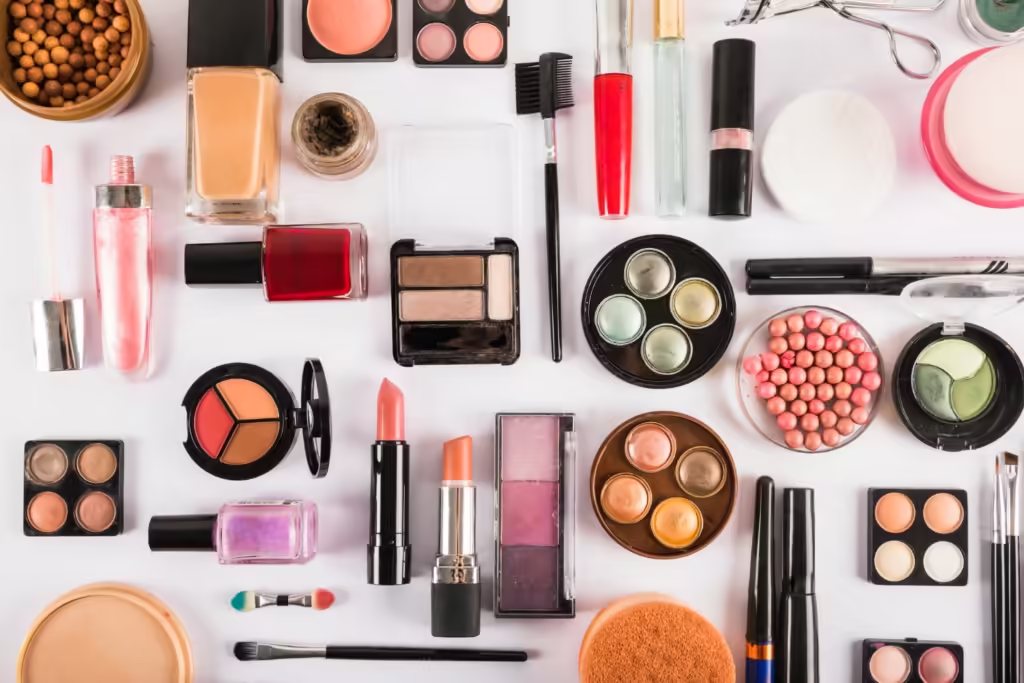
2. Key Goals
The primary aims are:
- Ensuring product safety for human health.
- Simplifying processes for market entry.
- Providing clear labeling and product information for consumers.
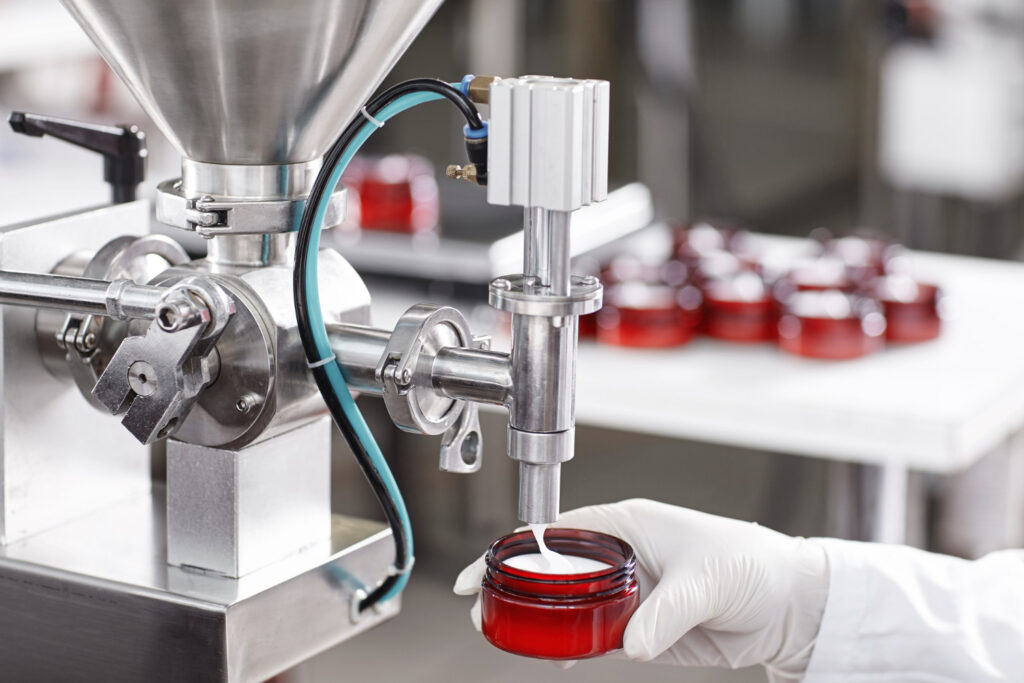
3. The Role of the "Responsible Person" 👤
One of the major changes post-Brexit is the requirement to designate a “Responsible Person” based in the UK. This individual or entity is accountable for the product’s compliance, including safety assessments, labeling, and regulatory checks. The Responsible Person must be prepared to:
- Maintain the Product Information File (PIF).
- Ensure product safety and compliance.
- Communicate with regulatory authorities if any issues arise.
For EU businesses, this often means appointing a UK-based representative to handle these responsibilities.
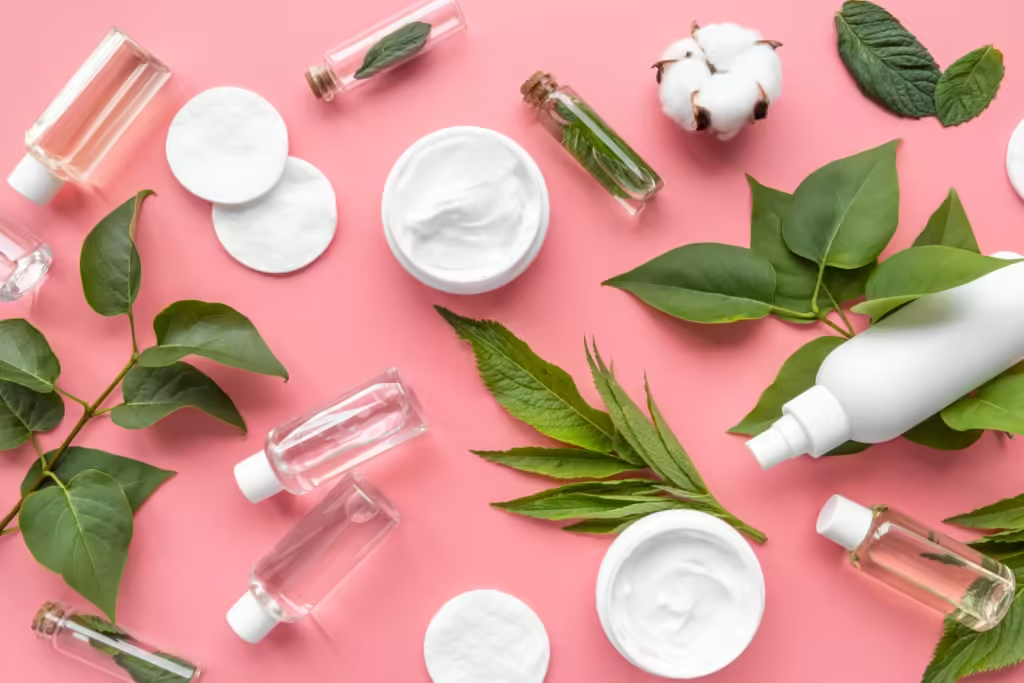
4. Safety Assessment & Good Manufacturing Practice ✅
Before a product can enter the market, it must undergo a safety assessment, culminating in a Cosmetic Product Safety Report (CPSR). This report, signed by a qualified safety assessor, ensures the product’s safety for its intended use.
Good Manufacturing Practice (GMP)
Manufacturers must follow Good Manufacturing Practice, with guidelines provided by ISO Standard 22716. This standard emphasizes quality and safety in production, ensuring products are manufactured consistently and safely.
5. Labeling Requirements 📦
The labeling of cosmetic products is crucial for compliance in Great Britain. Labels must include:
- Ingredient lists in descending order of weight.
- Warnings and safety instructions.
- Contact information for the Responsible Person.
Clear labeling builds consumer trust and transparency, making it a vital component of regulatory compliance.
6. Traceability Throughout the Supply Chain 🔗
Traceability is key to the new framework, allowing authorities to track products back to their source. Every product in the UK market must have clear traceability, ensuring regulators can act quickly if there are any safety concerns.
7. Market Surveillance & Enforcement 🔍
The UK’s competent authorities are responsible for monitoring compliance, with the ability to conduct product checks, review Product Information Files, and investigate any adverse reactions. The system includes:
- In-market controls.
- Reporting mechanisms for undesirable effects.
- Corrective actions, including recalls or fines for non-compliance.
These measures ensure that cosmetic products in Great Britain are safe and meet established standards.
8. Navigating Cross-Border Challenges 🌍
Brexit’s impact on cosmetic regulations also means navigating a unique challenge for businesses operating in both the UK and EU. Northern Ireland, for example, still aligns with EU regulations, meaning companies need to comply with both frameworks. Additionally, the complexities of language requirements and packaging regulations add layers to the compliance process, especially for businesses exporting to multiple markets.
9. Future Regulatory Developments 📈
The regulatory landscape is evolving, and businesses must stay vigilant. With ongoing changes and potential new requirements, having a compliance strategy is essential for maintaining market access and consumer trust. Resources like consulting services can be invaluable for businesses adapting to both UK and EU regulations.
10. Compliance is Key! 🔑
Operating in the UK cosmetics market post-Brexit comes with its share of challenges, but understanding these regulations is the first step. Whether it’s appointing a Responsible Person, following GMP, or ensuring accurate labeling, each part of the regulatory puzzle works to build consumer trust and uphold safety standards.
Stay informed, stay compliant, and keep your business thriving in the evolving UK beauty landscape!
References
- Regulation (EC) No 1223/2009 of the European Parliament and of the …
- Regulation (EC) No 1223/2009 of the European Parliament and of the …
- The Cosmetic Products Enforcement Regulations 2013 – Legislation.gov.uk
- The safety assessments requirements of cosmetic products in the EU and …
- 40 key differences of US & EU cosmetics regulation – SkinConsult
- Regulation 2009/1223 and the Cosmetic Products Enforcement Regulations …
- SCPN | UK – Responsible Person
- EU & UK cosmetics Responsible person (RP) – CE.way
- Regulation 2009/1223 and the Cosmetic Products Enforcement Regulations …
- Consolidated TEXT: 32009R1223 — EN — 13.08.2019 – EUR-Lex
- 1223/2009 – EN – Cosmetic Products Regulation – EUR-Lex
- Claims and Warnings in the EU and the UK Cosmetic Regulations: A …
- Brexit: what impact will it have on the beauty industry? – COSMOPROF
- UK Cosmetic Regulation – ChemLinked
- Cosmetic Regulations in a Post-Brexit UK – Updated Guide – BeLab Services
- Responsible Persons in the cosmetics industry: a post Brexit review …
- How is Brexit affecting the British beauty industry?
- Cosmetics supply chain disruptions due to COVID-19 and Brexit biggest …
- The cosmetics regulatory framework in the United Kingdom
- EU cosmetic regulations: A guide to compliance and safety
- EU vs UK – Regulatory comparative differences for cosmetics
- Beauty & Brexit | Global Cosmetic Industry – gcimagazine.com

© beautilab 2024. All Rights reserved.